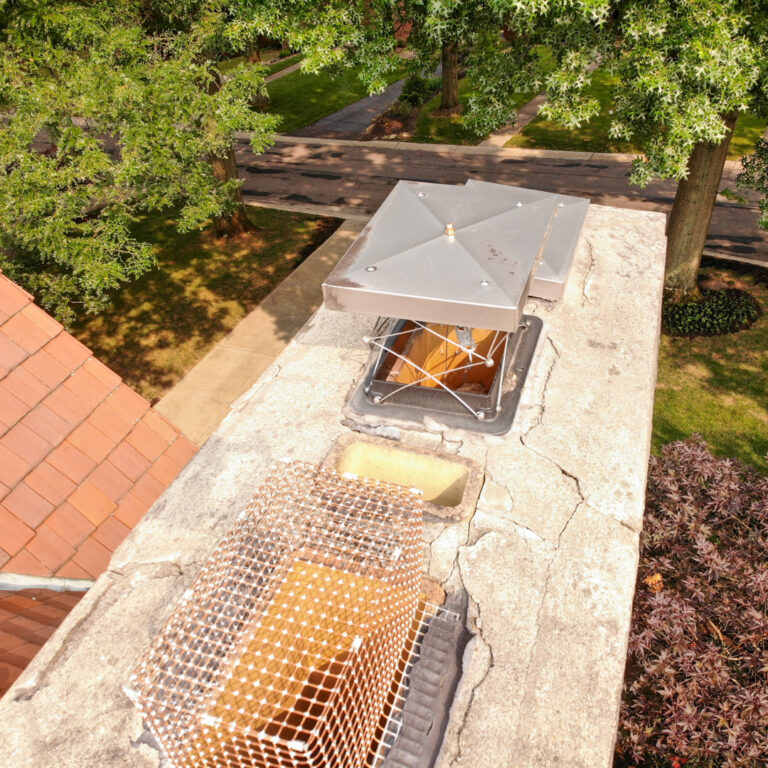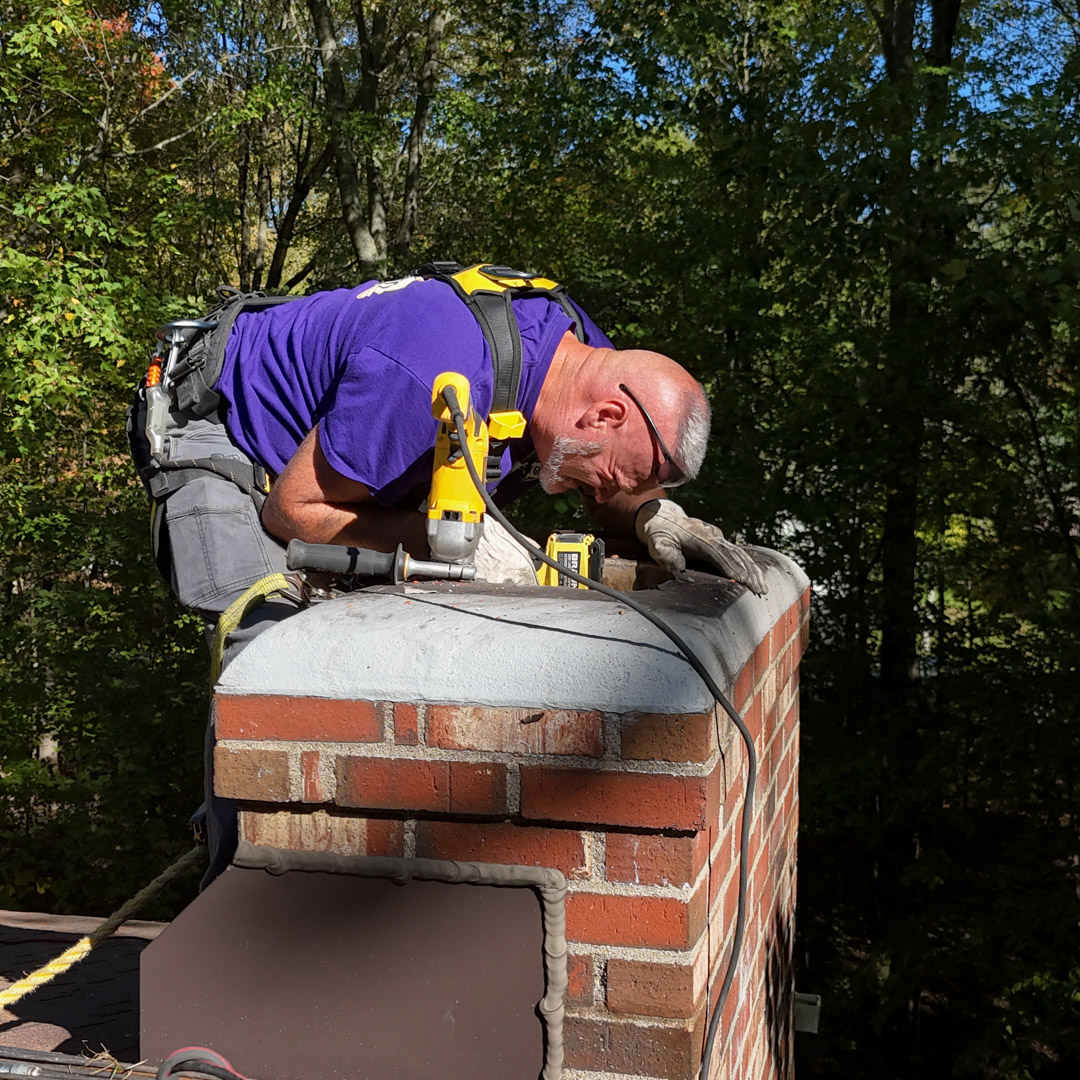How to Use Your Fireplace or Stove Damper Correctly
Dampers on fireplaces and stoves are rarely seen, but they do very important jobs – as long as they’re used the right way.
The Chimney Guys of Pataskala, OH, would like to share some simple tips for using your damper correctly and getting the most out of your fireplace or stove.
Dampers 101
Without getting overly scientific, a damper is a device, usually made of plates, that sits between a firebox and a chimney or stovepipe. The plates can be opened and closed, affecting the amount and velocity of air moving into and through the firebox.
Fireplace dampers located over the firebox are called “throat dampers.” Another style is the top-mount damper that’s installed at the top of the chimney and performs the same functions as a throat damper.
Fireplaces and their flues, and stoves and their vent pipes, are all specifically sized to provide optimal levels of drafting. The damper is the way you engage these optimal levels.
How to use the damper to start a fire
When you get ready to start a wood fire in a fireplace or stove, open the damper completely. This will allow sufficient air to get into the firebox and intensify initial combustion. It will also allow excess smoke and combustion gases to move up into the chimney or pipe.
Once the fire is going
After your fire is burning nicely, you can reduce the burn rate and intensity by narrowing the damper opening, which will pull less air from your home into the fireplace.
Experiment with this to find the damper setting that will make your fires burn the way you want them to. Just don’t close the damper too much, or smoke will start backing up into the room.
After the fire
When you’re through using the fireplace or stove and the last ember has died away, close the damper completely. At this point, you don’t need any air to move into and through the firebox. And you don’t need any outside air to sail down the flue or vent pipe and enter your home.

Issues with dampers
After years of use, a damper can become caked with creosote and soot. It can also start to malfunction mechanically.
If the damper’s seal isn’t tight, it will allow inside room air to escape and outside air to come into the house. Gaps in a damper’s seal can also worsen the problem of chimney odors infiltrating your room.
Certain damper problems will keep the component from opening fully. This can cause backups of smoke and deadly carbon monoxide.
Have your damper inspected
During a standard chimney and fireplace inspection, your inspector will assess the condition of your damper. Cleaning and repairs can be done to restore good working order.
If the damper is very old and very worn out, a new one can be installed.
Get your damper repaired or replaced
If your damper is damaged, rusted or caked with creosote, now is the time to solve the problem. The Chimney Guys provides licensed chimney inspections – including throat and top-mount damper systems – and a full menu of repair and component replacement services.
Reach an Ohio chimney expert by phone or use our handy contact form to get in touch.



